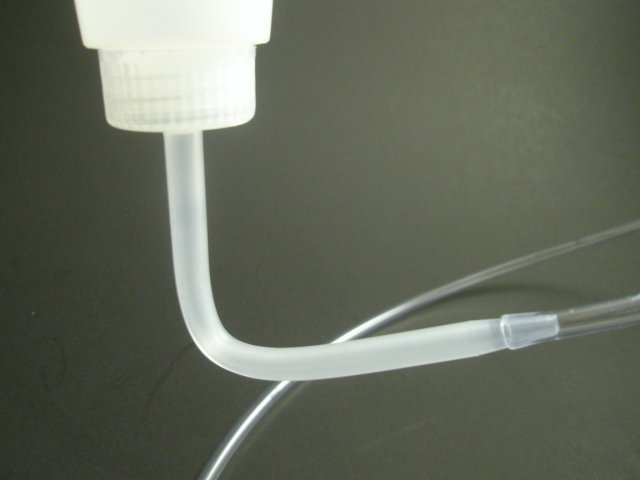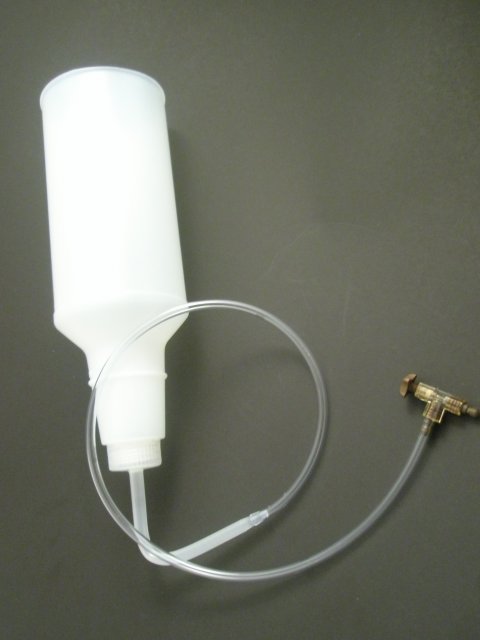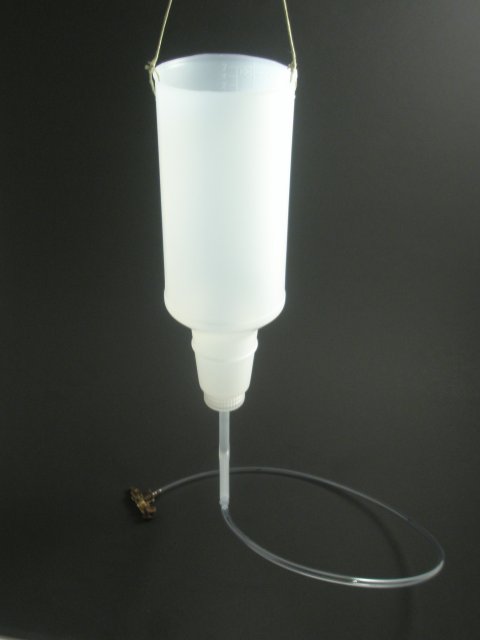So I tried a different method to hatch my brine shrimp. I thought it would be a better and easier way of doing it, BUT very few shrimp hatched. This is what I did..
I took a 16 ounce coke bottle and cut the bottom off, then took another 16 ounce coke bottle and cut it about half way, then placed the first bottle in the second for more stabilization. I filled the bottle about 3/4 the way with dechlorinated water. 3/4 of a table spoon with aquarium salt, a pinch of baking soda, and 1/2 tsp of brine shrimp eggs. I put the air stone at the bottom of the bottle and let the bubbles move the eggs and put a lamp over it. I let it set for 24 hours and turned the air pump off to let the eggs set and see if they hatched or not, and they didn't. So I let them set another 24 hours and did the same thing, but there were only a few eggs that were hatched...
Why did i do wrong?? thanks
I took a 16 ounce coke bottle and cut the bottom off, then took another 16 ounce coke bottle and cut it about half way, then placed the first bottle in the second for more stabilization. I filled the bottle about 3/4 the way with dechlorinated water. 3/4 of a table spoon with aquarium salt, a pinch of baking soda, and 1/2 tsp of brine shrimp eggs. I put the air stone at the bottom of the bottle and let the bubbles move the eggs and put a lamp over it. I let it set for 24 hours and turned the air pump off to let the eggs set and see if they hatched or not, and they didn't. So I let them set another 24 hours and did the same thing, but there were only a few eggs that were hatched...
Why did i do wrong?? thanks





